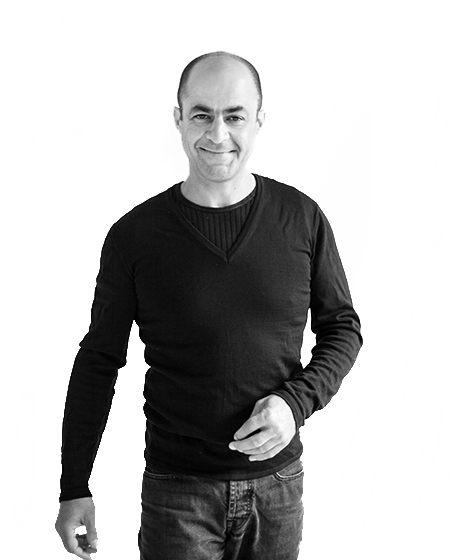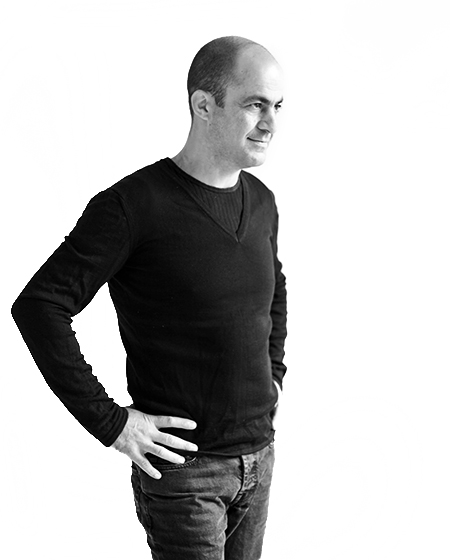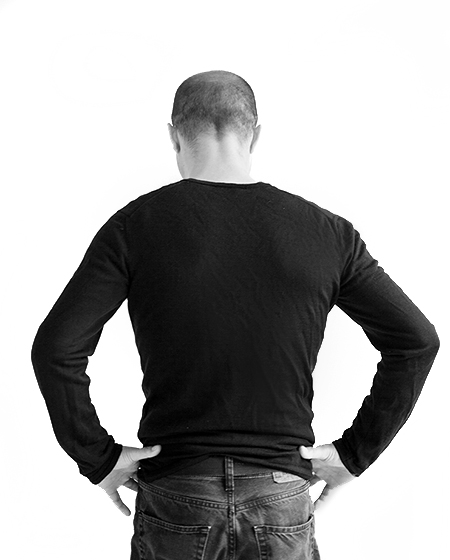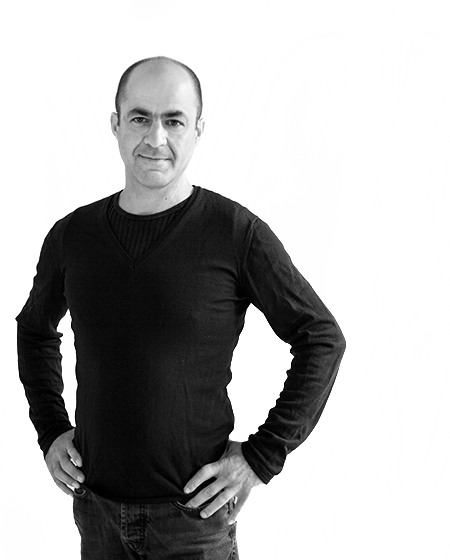The origin of Qbic
Marcus Gaudoin was born in London in 1970. Two years later, the family of five moved to Tuttlingen, the mother’s native city. In the modern-day world centre of medical technology, Marcus was trained to become a surgical mechanic. The filigree machining of metals was to have a lasting influence on his future career.
He had hardly finished his training when Gaudoin was able to get hands-on experience with the renowned sculptor from Tuttlingen, Roland Martin. What was originally planned to be four weeks of training developed into a three year job as an assistant. During this period, he obtained well-rounded knowledge in manufacturing processes and the finesse of sculpturing. In 1997, Gaudoin dared to take the step towards self-employment and designed a cubical sculpture in the course of the joint exhibition “In the Square”.
The side length of the oversized cube, which was made from many rounded single components, was 50 cm. The qbic archetype had been born. However, Gaudoin had no idea how much this achievement would influence his future.
At the turn of the century the native of England was admitted into Sheffield Hallam University in Great Britain with a major in Fine Arts. Through his interdisciplinary involvement he was soon able to make contact with fellow students from other artistic directions. It was not long before he was asked by students from “Industrial Design” to translate German patent specifications from the medical technology branch.
In the end, the material inspired him to apply for patents for his own process technology. At the same time, his concept for qbic fully developed to its present form. With a master’s degree of Fine Arts in his pocket, Gaudoin returned to Germany, defined his thoughts and had them protected by the law. Since then he has refined and expanded both the process as well as the patent until qbic was finally able to go into production in 2011.




